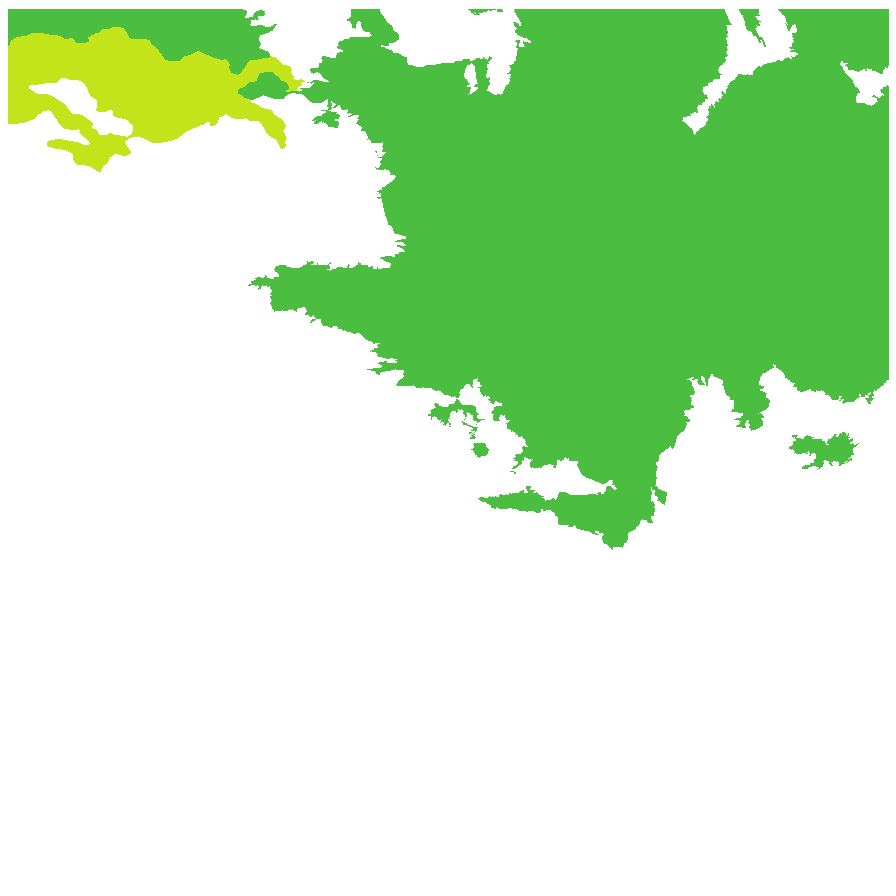











Botanical art
Prior names
Mollugo cerviana
Pharnaceum cervianum
Etymology
Mollugo from the Latin name of a plant believed to be Galium mollugo, a European herb with whorled leaves, applied to the present genus because the leaves appear verticillate. Cerviana means deer (or fawn) colored.
Distribution and status
Found scattered in the northern part of south Australia. Also found in Western Australia, Northern Territory, Queensland and New South Wales. Native. Common in South Australia. Uncommon in New South Wales. Common in the other states.
Herbarium regions: North Western, Lake Eyre, Gairdner-Torrens, Flinders Ranges, Eastern, Eyre Peninsula
NRM regions: Alinytjara Wilurara, Eyre Peninsula, South Australian Arid Lands
AVH map: SA distribution map (external link)
Plant description
A delicate little herb, resembling a Sagina, to 8 cm high with whorled stems, branches and leaves, the stems and branches capillary. Leaves linear, to 10 mm long. Flowers on long capillary peduncles, perianth-segments to 3 mm long, obtuse, greenish with a membranous margin. Flowers throughout the year. Fruits are brown ovoid capsule, enclosed in the perianth, opening in 3 valves which has the remains of a septum down their middle. Seeds are very small brown reniform seed to 0.3 mm long and 0.3 mm wide, with reticulated surface. Seed embryo type is peripheral.
Seed collection and propagation
Collect seeds between January and December. Collect capsules that are maturing, turning brown and contain hard, brown seeds inside. Place the capsules in a tray and leave to dry for one to two weeks. Then rub the capsules gently by hand to dislodge the seeds. Use a sieve to separate the unwanted material. Be careful as the seeds are very small. Store the seeds with a desiccant such as dried silica beads or dry rice, in an air tight container in a cool and dry place. From one collection, the seed viability was high, at 100%.
| Location | No. of seeds (weight grams) | Number of plants | Date collected | Collection number Collection location | Date stored | % Viability | Storage temperature |
|---|---|---|---|---|---|---|---|
| BGA MSB | 177,000 (1.63 g) 25,000 (0.23 g) | 50 | 11-Mar-2007 | RJB70930 Gairdner-Torrens | 1-Aug-2007 | 100% | -18°C |
| MSB | 60,000 (1.468 g) | 100+ | 21-Sep-2014 | DEM7695 North Western | 45% | ||
| BGA | 11,000 (0.7 g) | 100+ | 1-Sep-2016 | DJD3402 Lake Eyre | 1-Nov-2017 | 35% | -18°C |
Number of plants: This is the number of plants from which the seeds were collected.
Collection location: The Herbarium of South Australia's region name.
% Viability: Percentage of filled healthy seeds determined by a cut test or x-ray.